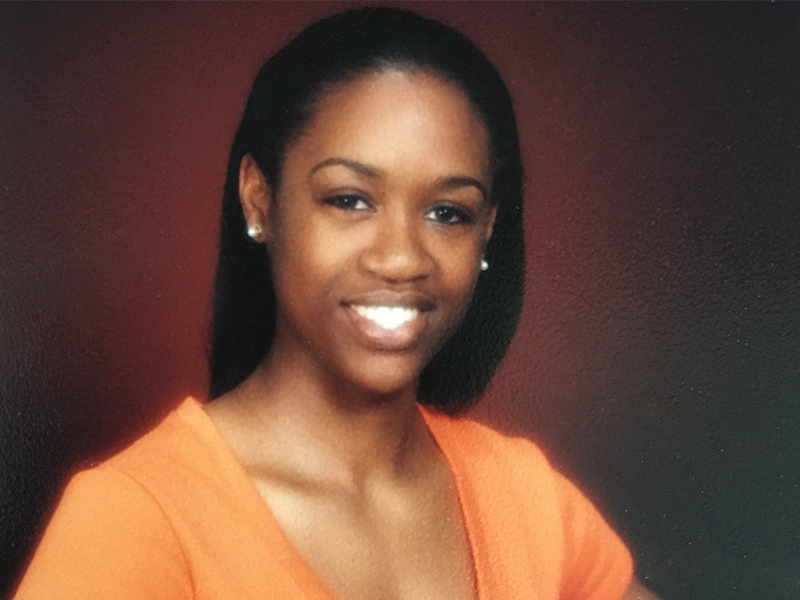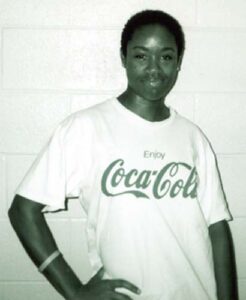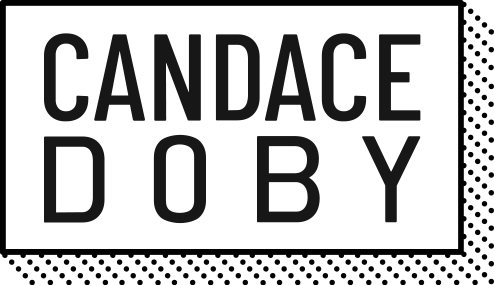
Trust yourself. Think for yourself. Act for yourself. Speak for yourself. Be yourself. Imitation is suicide. – Marva Collins
I spent several moments in front of the bathroom mirror with my hair pulled tightly back, angling my head from left to right, imagining how I’d look with a short, coily style. I hopped up on the counter to get a closer look at my new growth and to try to determine its pattern. I held pictures of beautiful, natural women next to my face to decide if I could pull it off.
I was 19 when I considered cutting my hair—not just a trim-the-dead-ends, layered or angled-bob cut, though. No. I opted for a full-blown-shave-all-the-permed-hair-and-leave-a-teeny-weeny-afro cut. For 13 years, I rocked a silky, past-the-shoulder mane that many people mistook for an Indian hair weave. It was pretty, but it was plain. And I began to discover, as a sophomore in college, that I wasn’t. My mouth was sassy. My perspective was unique. My actions were bold. And a short crop, I decided, was a more accurate reflection of me. I presented the big chop idea to close friends and family members, hoping to build excitement about how well the new do would suit me.
At first when they laughed, I thought it was the I-can’t-believe-it-but-go-ahead-with-your-bad-self chuckle, but their wrinkled foreheads and folded arms led me to the more accurate conclusion.
They weren’t thrilled.
My closest friends quickly criticized me. My brother lamented that I would look like a boy and my parents, who supported me in most things, stressed that I wouldn’t be able to get a good job after college. My dad, being from the old school, also reminded me that a woman’s hair was her glory.
“But…”
“Girl, but nothing. You need to leave this alone.”
“But, I would look good!”
“No, you would look crazy. Your hair is beautiful as it is now. Why go messing with it?
“Because it’s not me.”
“It’s been you for the past however long. You just up and changed?”
Incapable of defending my bright idea against such opposition, despite several attempts to, I retreated back into my comfortable corner feeling safe, yet dejected, and overwhelmingly confused about what the heck happened. So, I opened an internal investigation to figure out why I had ended up in the corner instead of the barber’s chair. Here’s what I learned.
Social expectation causes psychological pressure. We are all part of social groups that we derive meaning from and a sense of belonging to. This is social identity. These groups can be friends, family, co-workers, teammates, classmates or some other mate. When faced with a decision, social expectations can impact a person’s behavior. In my case, friends and family opposed my desire to chop my hair and cautioned me against following through. To avoid rejection from the people I loved and respected, I acted, under psychological pressure, counter to my own belief. Conforming my behavior to the expectations of the group placated them, but it agitated me.
Sacrificing authenticity to gain or maintain the favor of others can create emotional labor. We (out)grow. We develop. We gain more clarity about who we are. Sometimes social expectations don’t align with inner convictions, leaving us to decide whether to uphold our beliefs or subordinate them. This elicits a test of character laced with anxiety, especially if we have low self-confidence or weak self-efficacy. Psychologist Albert Bandura defined the term self-efficacy as one’s belief in one’s self to accomplish a task. I didn’t have enough confidence to defy the expectations of others to express my authenticity (through a drastically new hairstyle). Fear won.
Fear is contagious. Social forces can either have a positive or negative effect on courageous behavior. When we don’t exactly know what decision to make, we can turn to our social group for direction. If members of the group express fear, it becomes easier for us to express fear. The same is true for courage. I may have been less likely relegated to a corner to sulk in defeat if my social group reacted differently, positively, to my idea. Instead, they projected their fears onto me and I accepted them as my own.
For two years, I thought about a short, coily crop. Within that time, I took small risks to build my confidence to finally do it. I cut my permed hair shorter. I let more time lapse between visits to the hairdresser so I could get a better idea about my natural pattern. I often let my hair air-dry to give it a more textured look.
Then, for my 21st birthday, without telling anyone, I gifted myself a haircut—not just a trim-the-dead-ends, layered or angled-bob cut. No. A full-blown-shaved-all-the-permed-hair-and-left-a-teeny-weeny-afro cut.
Victory.








